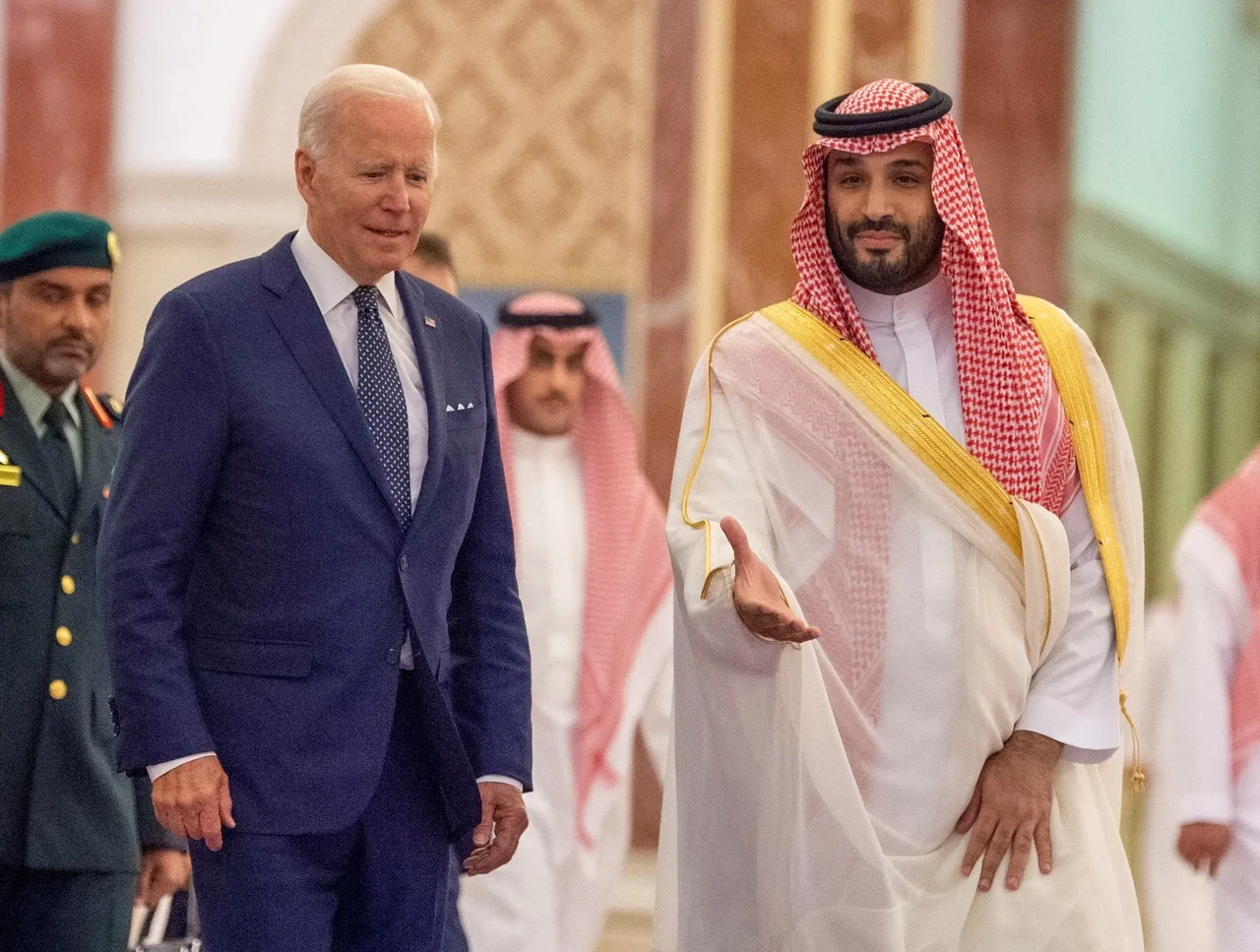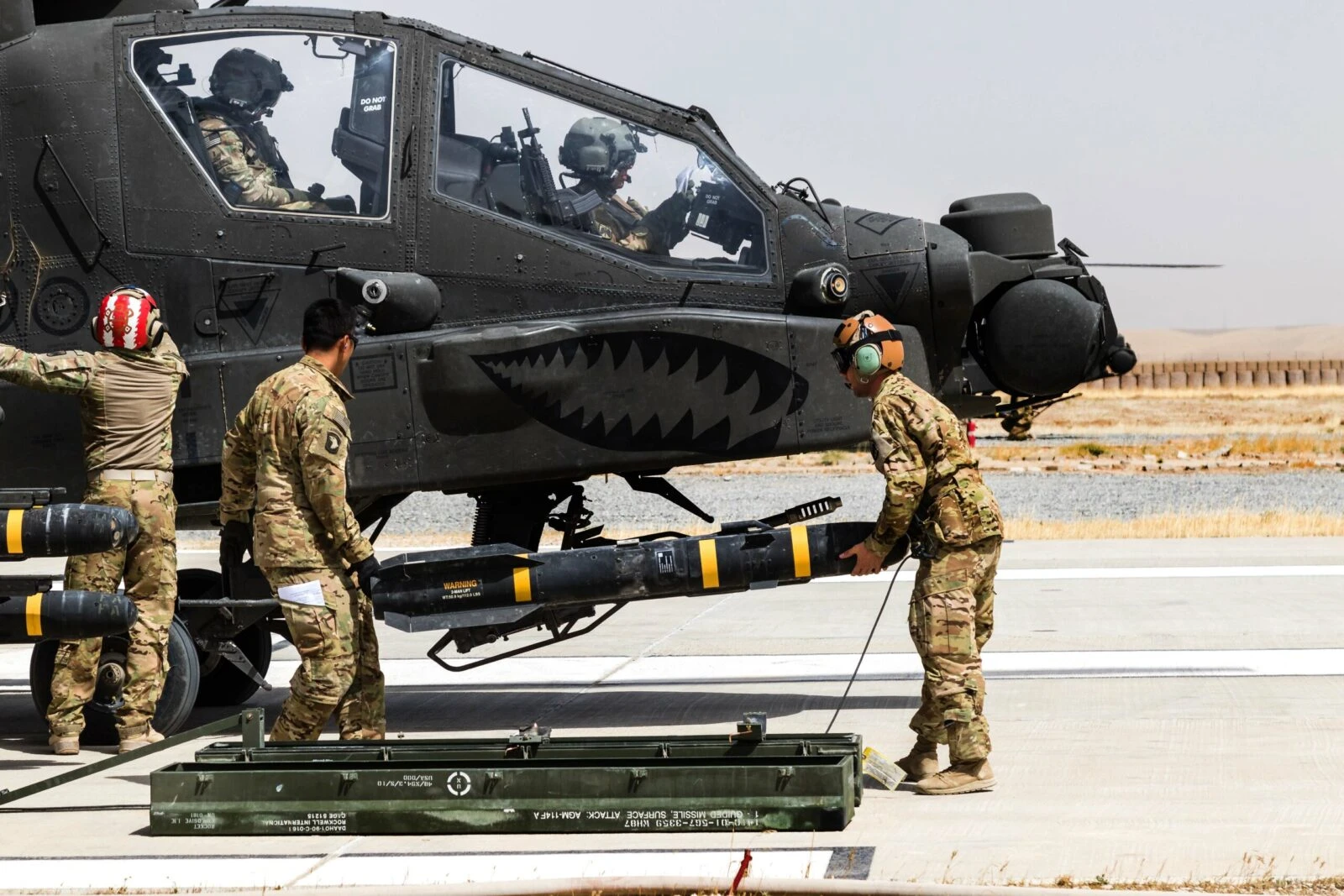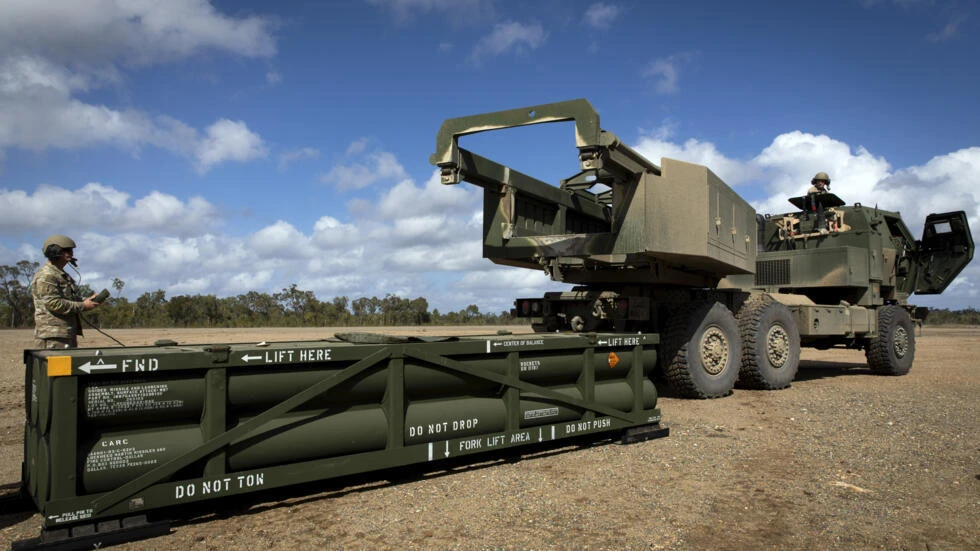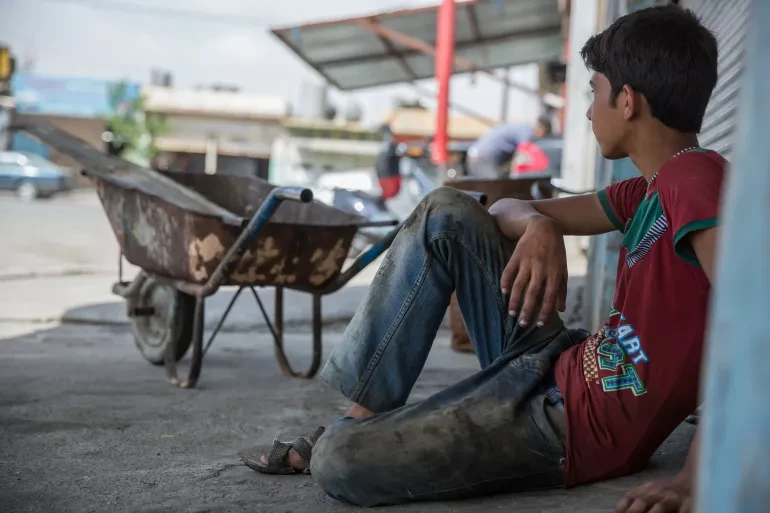US approves $2.2B in weapons sales to UAE, Saudi Arabia
 Saudi Crown Prince Mohammed bin Salman receives U.S. President Joe Biden at AI Salman Palace upon his arrival in Jeddah, Saudi Arabia, July 15, 2022. (Bandar Algaloud/Courtesy of Saudi Royal Court/Reuters)
Saudi Crown Prince Mohammed bin Salman receives U.S. President Joe Biden at AI Salman Palace upon his arrival in Jeddah, Saudi Arabia, July 15, 2022. (Bandar Algaloud/Courtesy of Saudi Royal Court/Reuters)
The Biden administration has approved the sale of weapons worth $2.2 billion to Saudi Arabia and the United Arab Emirates (UAE), reinforcing its commitment to key allies in the Middle East.
The State Department informed Congress of the deals, which include advanced missile systems, artillery and ammunition, as part of the U.S. strategy to counter Iran’s influence in the region.
Details of the arms package for Saudi Arabia
Saudi Arabia’s arms deal, valued at over $1 billion, includes 2,503 Hellfire II missiles and 220 Sidewinder tactical missiles, as well as a range of ammunition for tanks, howitzers, and machine guns.
The State Department emphasized that the sale will improve Saudi Arabia’s ability to defend its borders and critical infrastructure.

UAE to receive long-range missiles and rocket systems
The UAE will purchase up to $1.2 billion in weapons, including Guided Multiple Launch Rocket Systems (GMLRS) and Army Tactical Missile Systems (ATACMS). This deal also includes training and support for the missile systems.
ATACMS Specifics
- Improved guidance package with the Global Positioning System
- Carries a WDU18, 500-lb class blast fragmentation warhead
- The maximum range is 300 kilometers (186.4 miles)

US aims to strengthen defense ties
The Pentagon underscored that these sales are vital for strengthening the defense capabilities of both countries and enhancing interoperability with U.S. forces.
Defense Secretary Lloyd Austin reaffirmed Washington’s commitment to Saudi Arabia’s defense in a recent call with Defense Minister Prince Khalid bin Salman.
“This proposed sale will support U.S. foreign policy and national security objectives by helping to improve the security of a friendly country that continues to be an important force for political stability and economic growth in the Middle East,” the Pentagon said in a statement.
Pentagon statement also mentioned that “the proposed sale of this equipment and support will not alter the basic military balance in the region.”



